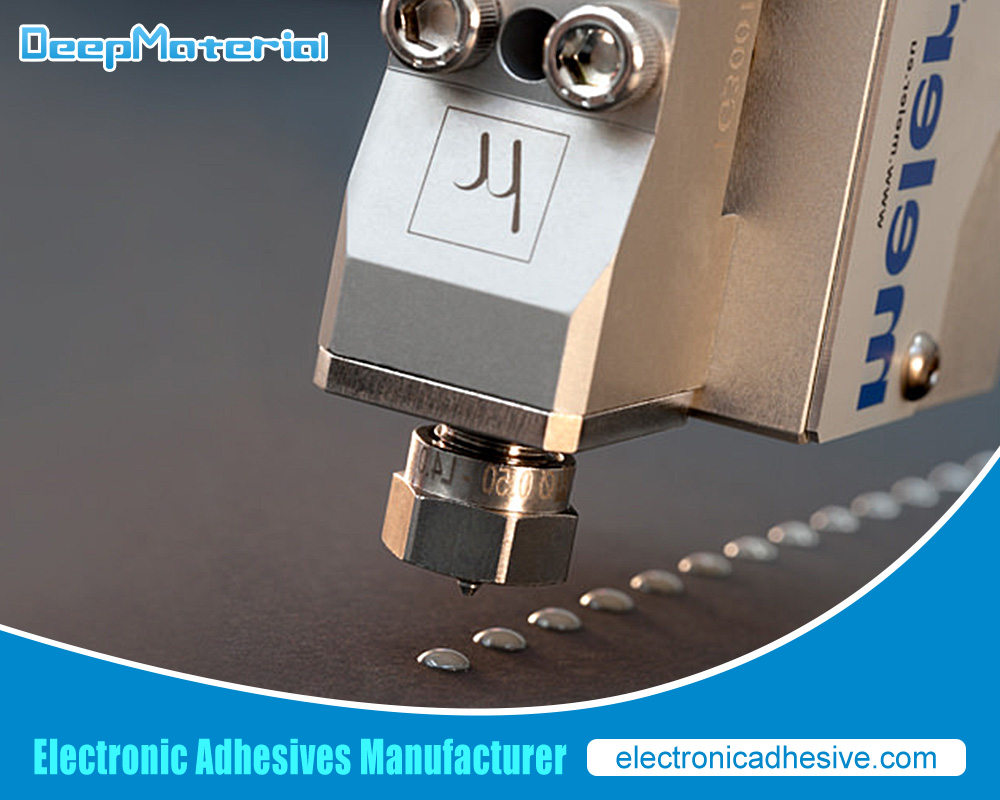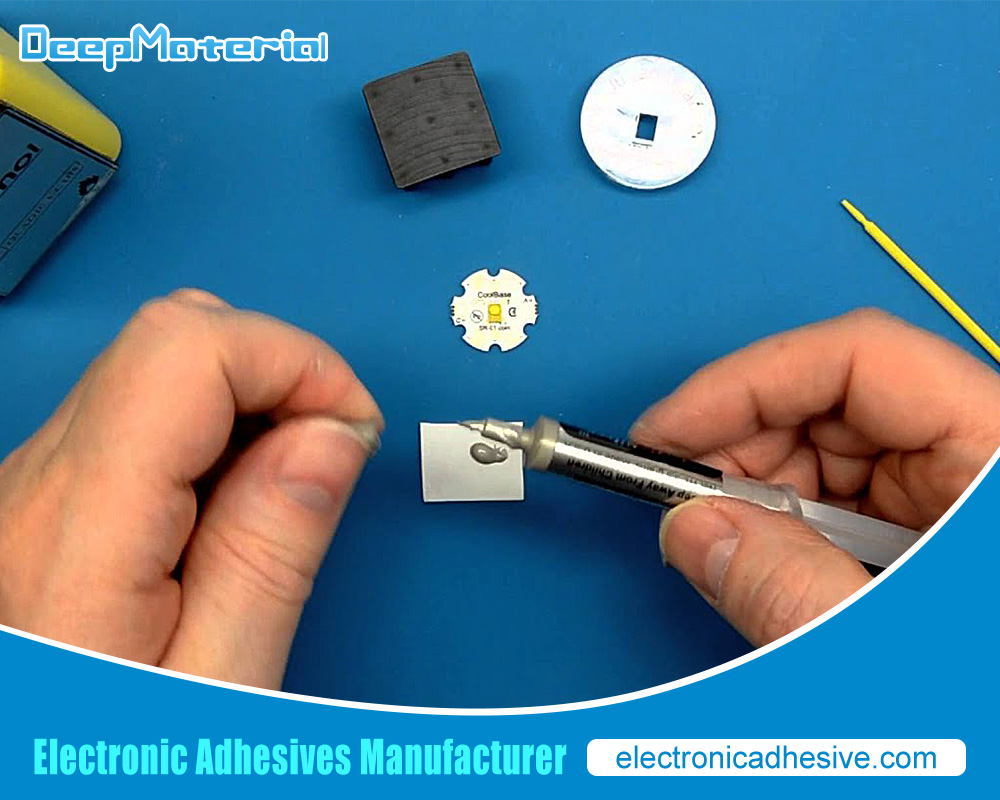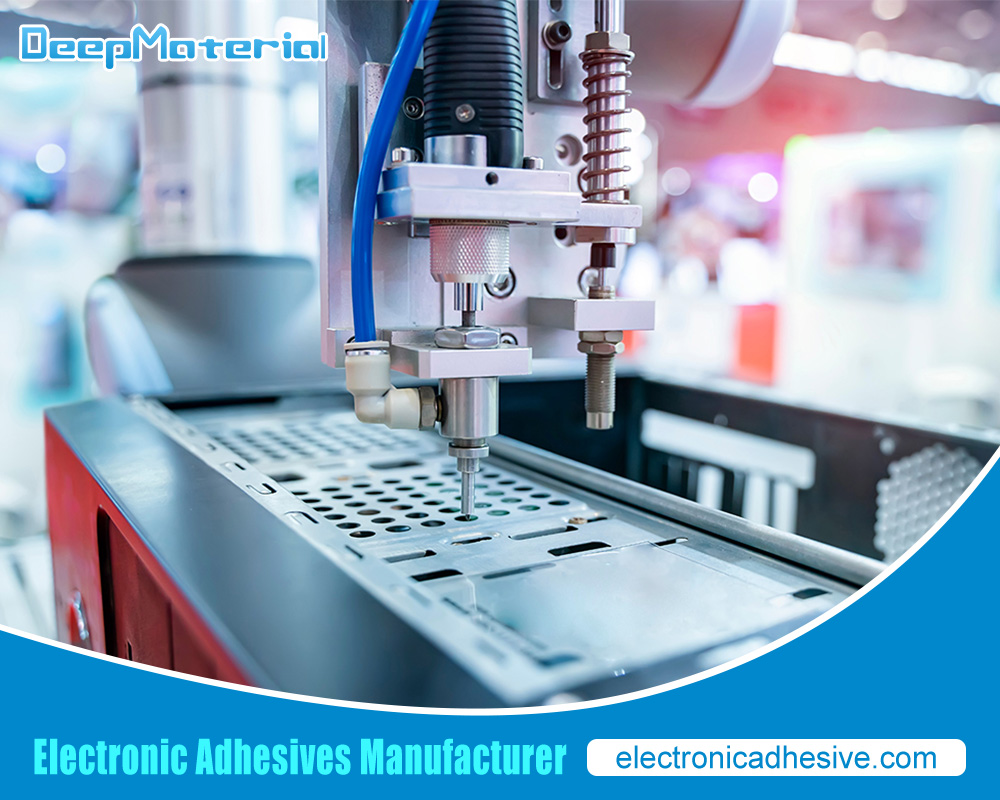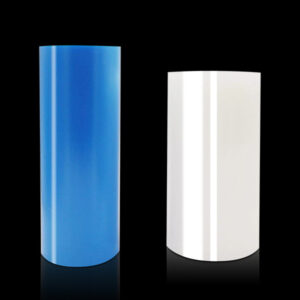The Significance of Camera Module Adhesive in Ensuring Longevity and Reliability
The Significance of Camera Module Adhesive in Ensuring Longevity and Reliability
Camera module adhesive is a crucial component in mobile devices that plays a significant role in their longevity and reliability. It is responsible for securely attaching the camera module to the device, ensuring that it remains in place even under various environmental conditions and mechanical stress.
Without proper adhesive, the camera module may become loose or misaligned, leading to poor image quality and potential damage to the device. Therefore, choosing the right adhesive and understanding its properties is essential for manufacturers to produce high-quality mobile devices.

Importance of Camera Module Adhesive for Longevity and Reliability
Camera module adhesive is vital for the durability and performance of mobile devices. It ensures that the camera module remains securely attached to the device, even when subjected to various external factors such as temperature changes, humidity, and mechanical stress. Without proper adhesive, the camera module may become loose or misaligned, leading to poor image quality and potential damage to the device.
Choosing the right adhesive for specific device requirements is crucial. Different devices have different needs, and the adhesive used should be able to withstand the specific environmental conditions and mechanical stress that the device will be exposed to. For example, a smartphone that is frequently used outdoors may require an adhesive that can withstand high temperatures and humidity. On the other hand, a device that is primarily used indoors may not require such high-performance adhesive.
Factors Affecting the Longevity and Reliability of Camera Module Adhesive
The performance of camera module adhesive can be impacted by a variety of factors. Temperature changes can cause the adhesive to expand or contract, which can lead to a loss of adhesion. This is particularly problematic in extreme temperatures, such as those experienced in outdoor environments.
Humidity can also affect the adhesive’s performance, as moisture can seep into the adhesive and weaken its bond. This can be especially problematic in humid environments or when the camera module is exposed to water. Mechanical stress is another factor that can impact the performance of camera module adhesive.
Drops or impacts can cause the adhesive to fail, which can result in damage to the camera module or even complete failure of the device. To mitigate these factors, manufacturers must subject their camera module adhesive to rigorous testing and quality control measures. This includes testing the adhesive’s performance under various temperature and humidity conditions, as well as subjecting it to mechanical stress testing. Quality control measures should also be in place to ensure that the adhesive used in production meets the required specifications.
By taking these steps, manufacturers can ensure that their camera modules are reliable and perform well under a variety of conditions. This is particularly important in applications where the camera module is exposed to harsh environments or where failure could have serious consequences.
Types of Camera Module Adhesive and Their Properties
There are several types of adhesive used in camera modules, each with its own properties and suitability for different device requirements. Epoxy adhesive is commonly used due to its high strength and durability. It provides excellent adhesion and can withstand a wide range of temperatures and humidity levels. However, epoxy adhesive can be brittle and may not be suitable for devices that are frequently subjected to mechanical stress.
Acrylic adhesive is another commonly used type of adhesive. It offers good adhesion and flexibility, making it suitable for devices that may experience mechanical stress. Acrylic adhesive also has good resistance to temperature and humidity changes. However, it may not provide the same level of strength and durability as epoxy adhesive.
Silicone adhesive is known for its excellent flexibility and resistance to temperature changes. It can withstand extreme temperatures and is often used in devices that are exposed to high heat or cold. Silicone adhesive also has good resistance to moisture, making it suitable for devices that may be used in humid environments. However, silicone adhesive may not provide the same level of strength as epoxy or acrylic adhesive.
Impact of Environmental Conditions on Camera Module Adhesive
Environmental conditions can have a significant impact on the performance and longevity of camera module adhesive. Temperature changes can cause the adhesive to expand or contract, potentially leading to a loss of adhesion. High temperatures can also cause the adhesive to degrade over time, reducing its strength and durability. Similarly, humidity can weaken the adhesive’s bond and lead to a loss of adhesion.
To mitigate the impact of environmental conditions, manufacturers can take several steps. One approach is to use adhesive materials that are specifically designed to withstand high temperatures and humidity levels. Another approach is to incorporate additional protective measures, such as sealing the camera module to prevent moisture from entering. By considering these factors during the design and manufacturing process, manufacturers can ensure that their camera module adhesive performs well under various environmental conditions.
Role of Camera Module Adhesive in Image Quality
The adhesive used in camera modules can also have an impact on the quality of images captured by the device’s camera. Poorly chosen or low-quality adhesive can interfere with the camera’s focus or cause image distortion. It can also affect the camera’s ability to capture sharp and clear images, leading to reduced image quality.
Therefore, it is important for manufacturers to choose an adhesive that does not interfere with image quality. This may involve selecting an adhesive with specific optical properties or ensuring that the adhesive does not introduce any unwanted reflections or distortions. By considering these factors, manufacturers can ensure that their camera module adhesive does not compromise the image quality of their devices.

Finalizing on Camera Module Adhesive Can Impact Mobile Devices
In conclusion, camera module adhesive plays a crucial role in the longevity and reliability of mobile devices. It ensures that the camera module remains securely attached to the device, even under various environmental conditions and mechanical stress. Choosing the right adhesive for specific device requirements is essential to ensure optimal performance.
Advancements in adhesive technology have the potential to further improve the performance and reliability of mobile devices. Researchers and manufacturers are constantly working on developing new adhesive materials with improved properties, such as increased strength, durability, and resistance to environmental conditions. These advancements can lead to mobile devices that are more reliable, durable, and capable of capturing high-quality images.
For more about choosing the Significance of Camera Module Adhesive in Ensuring Longevity and Reliability, you can pay a visit to DeepMaterial at https://www.electronicadhesive.com/about/ for more info.











